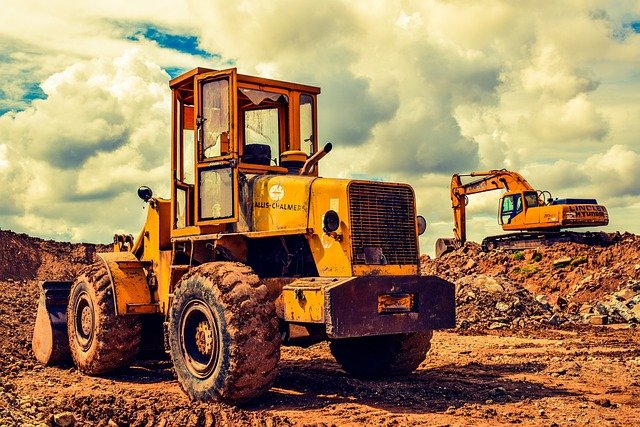Greetings everyone, welcome to today’s blog post. It's been a while since I last wrote here. Today, I want to delve into the distinction between assets and liabilities. It took me quite some time to grasp the disparity between the two. For instance, there's a significant contrast between buying a car and investing in land, which serves as a prime example of a liability versus an asset. Understanding the fundamental difference between assets and liabilities is key in financial management. Generally, acquiring a vehicle for personal use is classified as a liability, while obtaining one for commercial purposes falls under both asset and liability categories.
In my area, numerous people believe that buying cars and vehicles is a sound investment, but in reality, it's not. However, purchasing heavy-duty vehicles such as lorries, trucks, and excavators can significantly reduce human effort, especially in large construction projects or areas where considerable human labor is required may considered as a asset as we can rent the vehicle and it will give us active income for us. So we couldn't consider purchasing vehicle is always a liability. It is also a income making asset.
Certainly, investing in cryptocurrency is often considered an asset, but it comes with its own set of risks due to the high volatility in crypto market prices. While some, like Vikrant, have strong faith in the potential for cryptocurrencies to generate wealth, it's a controversial topic. Personally, I believe that investing in cryptocurrencies entails risk, and while it has the potential for high returns, it's essential to approach it cautiously due to its volatile nature.
Your situation with the graphics cards and computer components used for mining Ethereum is complex. Previously, these items were considered assets when they were generating profits through cryptocurrency mining. However, since the shift from proof of work to proof of stake for Ethereum led to decreased profitability and efficiency in mining, the value of these components declined.
As of now, since they're not generating income or contributing to profits, you might consider reclassifying them as liabilities or dormant assets. They may not actively contribute to your financial gains, thus behaving more like liabilities in terms of not generating returns. It's advisable to reassess their status in your financial portfolio and possibly explore alternative uses or selling them to regain some value.
Understanding the shift in the market and adapting your assets accordingly is crucial in managing your investments effectively.
Understood. Your blog content reflects your personal opinion and perspective on various financial matters, including investments in assets and liabilities. It's important for readers to acknowledge that these viewpoints are based on your individual experiences and thoughts rather than absolute financial advice. It's always advisable for individuals to conduct thorough research and seek professional guidance before making any financial decisions.

Hi this is Ranjith from Tirupur, Tamil Nadu. I would like to share few important things about the Tirupur it is world famous for the knitted garment products. In case if you are indeed for any kind of garments feel free to contact me through discard. We are providing the first quality garment products and here is our own brand webpage for our collections.
Thank you for dedicating your time to reading my blog. I am truly grateful for your attention. The images featured in this blog were captured by me, obtained from a credited source, or crafted by me utilizing the Procreate application. Your support through upvotes and comments would be greatly appreciated.

